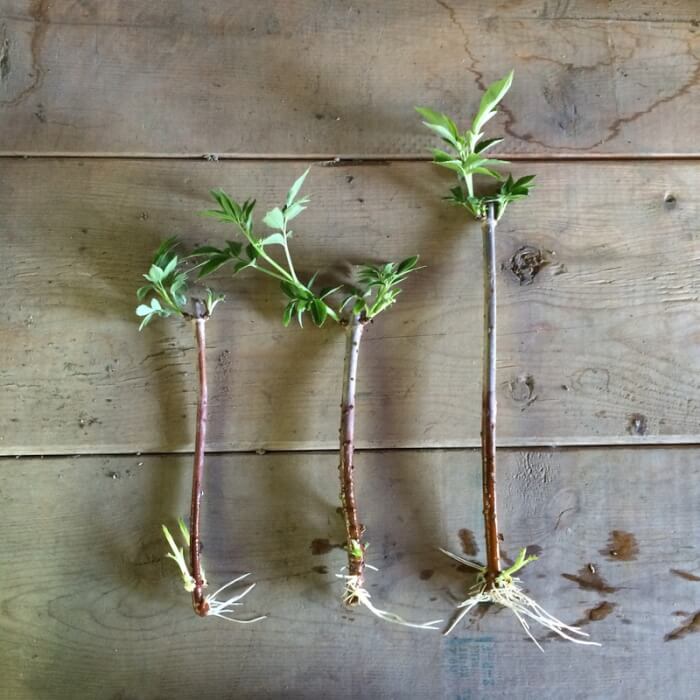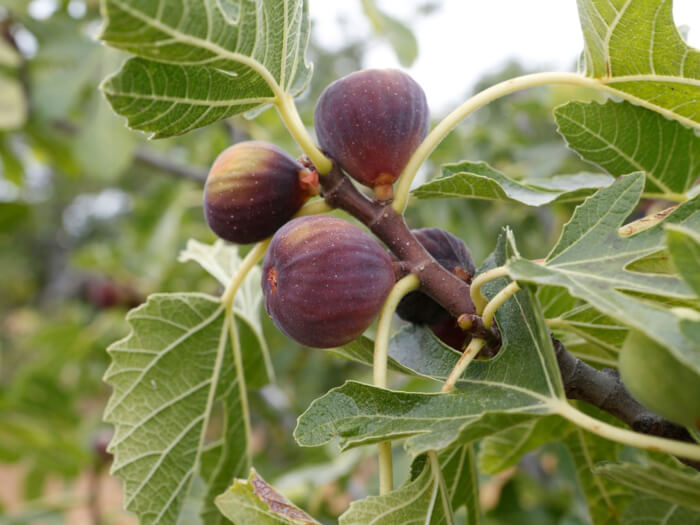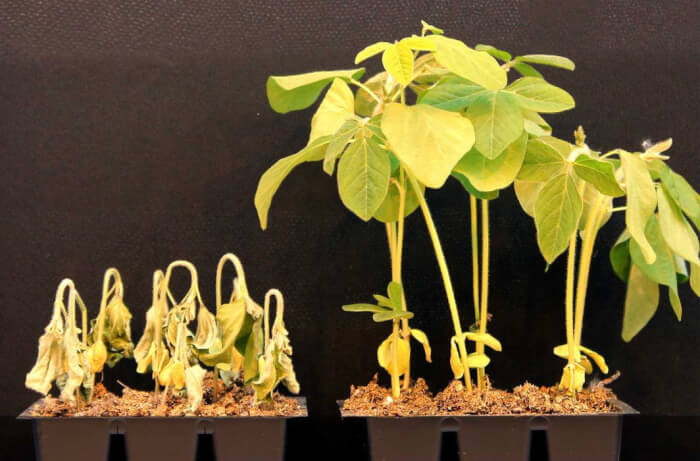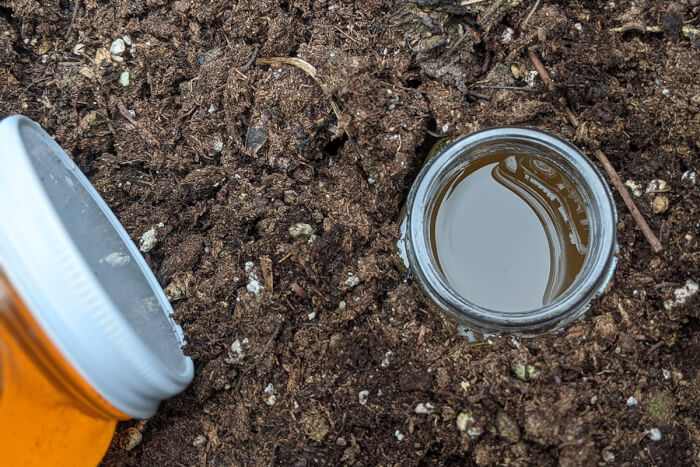Honey might already be a star in your kitchen or your skincare routine, but it’s also a surprisingly useful ally in the garden.
With its natural antibacterial and antifungal properties, honey brings more than sweetness to your life; it can support healthy plants, deter pests, and even help new roots sprout faster.
This golden liquid is packed with trace minerals and enzymes that plants benefit from, too. You don’t need much to see results, just a spoonful here and there, paired with a little patience.
If you’ve got a jar sitting in your pantry, it’s time to bring it outside and put it to good use.
#1 Promote The Growth Of Root Cuttings
 Source: Thebaileyfarm
Source: Thebaileyfarm
With antibacterial and antifungal properties and provides an energy source, honey can help promote root growth and keep roots growing strong.
So if you want to promote your cuttings to have new roots early and grow fast, honey is a great supporter. Not only help to form roots, but it also creates a safe environment where they can continue to grow.
You just add 2 tbsp of honey to 2 cups of boiled water and let it cool, then dip the ends of your cuttings into this solution before growing.
#2 A Sweet Fertilizer For Flowering And Fruiting Plants
 Source: Gardeningknowhow
Source: Gardeningknowhow
Honey is an excellent source of nutrients that provide many essential plant elements such as phosphorus and potassium, and also other nutrients like calcium, iron, magnesium, and zinc.
So, when used to make good organic liquid fertilizer, it can be a sweet fertilizer that is beneficial for flowering and fruiting plants.
To make this fertilizer, you can mix a tablespoon or two of honey with 7 cups of boiled water, stir well, then let it cool. After done, using this to water your flowering or fruiting plants.
#3 Boost The Growth of Plants
 Source: Apnlive
Source: Apnlive
Sometimes your plants need a little pick-me-up, especially if their leaves look dull or discolored. A honey foliar spray can deliver nutrients straight to the leaves and help them recover faster.
Combine 2 tablespoons of honey with a gallon of water, shake well, and pour into a spray bottle. Mist the leaves once a week in the morning for best results.
This method works best for leafy plants that are struggling to keep up with the heat or poor soil.
#4 Make A Trap To Get Rid Of Pests
 Source: Ruralsprout
Source: Ruralsprout
Using honey is a natural method to control pests in your garden. For a slug or a fruit fly, you can use honey as an ingredient in a trap to catch them; a small jar full of honey water has been pushed down in the dirt up to the lip; lying in the dirt next to it is a sealed jar of honey.
For slugs, sink a jar filled with water mixed with honey and yeast into the ground and wait for slugs to fall in. Then collect the slugs and dispose of them regularly.
For fruit flies, add rotting fruit, honey, and apple cider vinegar to a jar; cover it with a lid with small holes pierced in it, so they go in, but do not come back out.
